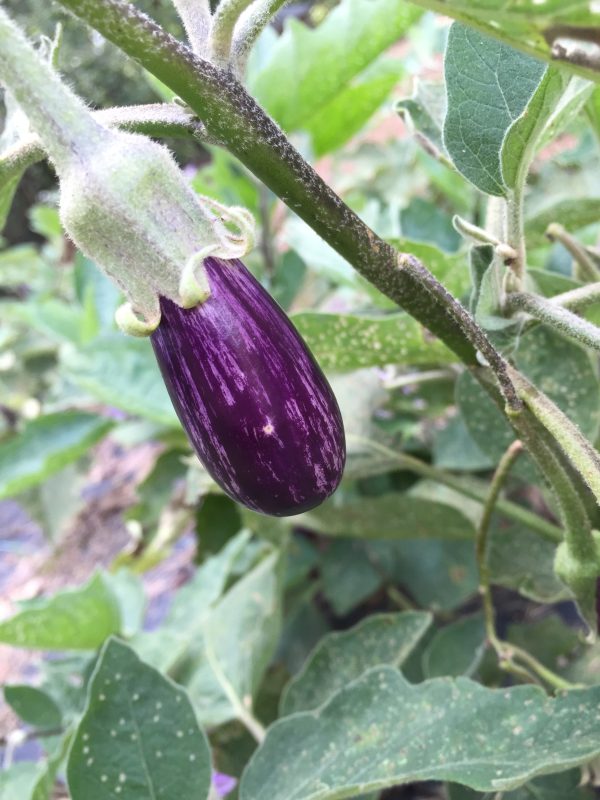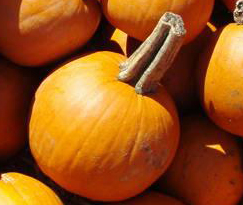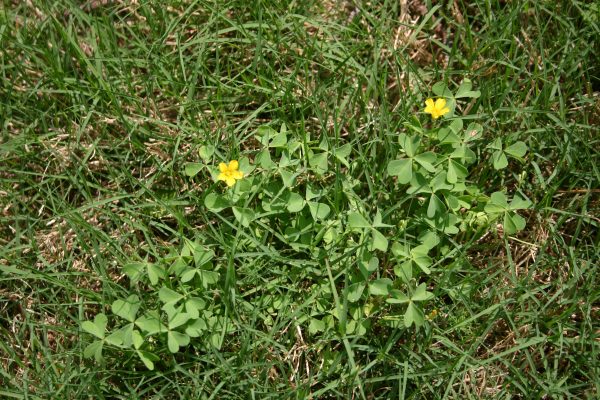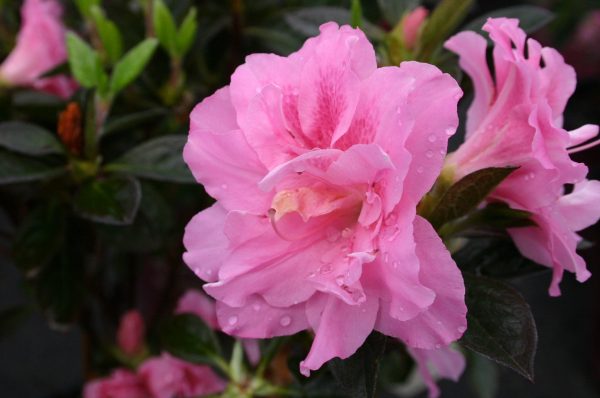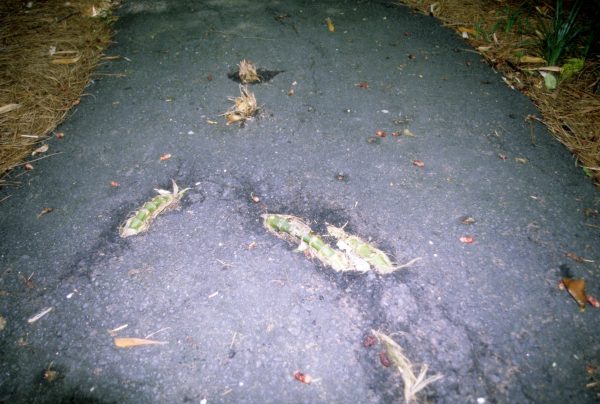Anise Hyssop
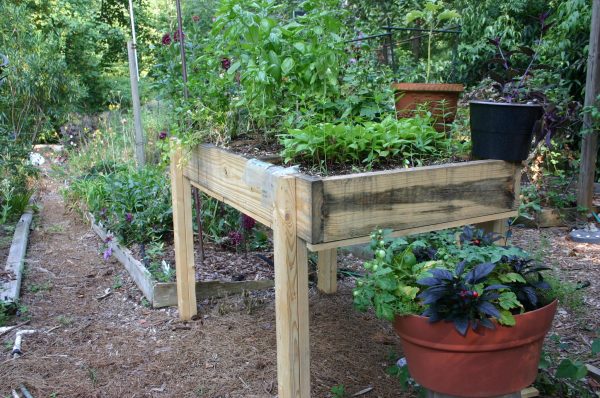
Agastache foeniculum
Anise hyssop is a large perennial plant, a member of the mint family, with showy purple spikes that attract bees in abundance. The flavor and aroma are definitely licorice. The leaves are good for teas or garnishes.
• More detailed information can be found in The Georgia Fruit & Vegetable Book
by Walter Reeves and Felder Rushing
• See also Home Garden Anise hyssop
(broken link)
WHEN TO PLANT
Finding started plants at garden centers is difficult, so you will need to grow your own if you prefer to set out transplants. Start anise hyssop indoors under lights in late winter. Then set out plants or sow seed when the danger of a freeze has passed and the soil has warmed.
WHERE TO PLANT
Locate these large plants in the garden where they will not shade out smaller plants and where they can be left undisturbed. Anise hyssop prefers well-prepared, moist soil in a sunny spot.
HOW TO PLANT
Prepare the soil. For transplants, set them into the garden after the latest date of last frost, spacing the plants 2 feet apart in each direction. For seed, sow it 1/4 inch deep directly in the garden in hills 2 feet apart in each direction or down the row, then thin to 1 plant per hill when the seedlings are big enough to handle.
CARE AND MAINTENANCE
The plants will bloom until frost if the spent flowers are removed. Leaving a few flowers to mature will allow the plants to reseed themselves, which is especially helpful where winterkill occurs.
ADDITIONAL INFORMATION
Harvest leaves when the plants are well established and use the leaves fresh or dried. Remove flowers to become garnishes or to create bouquets. Anise hyssop is very attractive to honeybees, which make anise-flavored honey from the nectar. Bees attracted to the anise hyssop will stay around to pollinate other garden plants, too, such as the vine crops, which require bees for good production.



